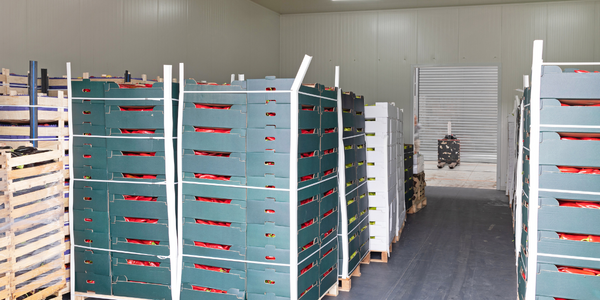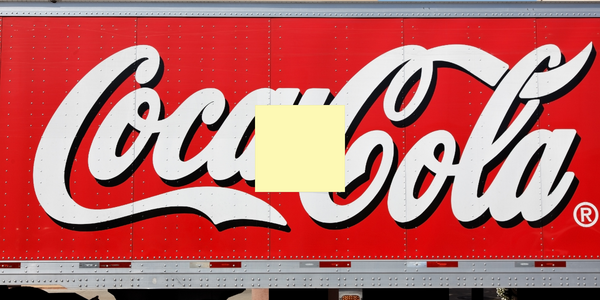公司规模
Large Corporate
地区
- Europe
国家
- United Kingdom
产品
- DocuWare
技术栈
- DeFacto ERP system
实施规模
- Departmental Deployment
影响指标
- Productivity Improvements
- Cost Savings
技术
- 应用基础设施与中间件 - 数据交换与集成
适用行业
- 食品与饮料
服务
- 系统集成
关于客户
史密斯菲尔德食品公司总部位于英国诺里奇,隶属于美国史密斯菲尔德集团,该集团是全球最大的猪肉加工集团。该公司拥有领先的自有品牌和众多自有品牌解决方案,每年全球总销售额达 150 亿美元。史密斯菲尔德食品公司的会计部门每年收到超过 12,000 张发票。在引入文档管理系统 (DMS) 之前,付款审批完全基于纸张。
挑战
史密斯菲尔德食品公司是一家大型猪肉加工集团,其会计流程高度依赖人工和纸质文件,这令其苦不堪言。该公司的会计部门每年收到 12,000 多张发票,这些发票会与未结采购订单进行对比,或转发给负责的经理审批。然而,付款流程每 14 天才进行一次,这意味着已批准的发票通常必须再次存储。最终文件被放置在悬挂式文件夹中,而较旧的文件则被转移到外部档案库。随着时间的推移,空间需求和人工流程成为一种负担。不同的员工必须访问文档(通常多次),然后必须再次归档。
解决方案
史密斯菲尔德食品公司实施了数字文档管理系统 (DMS) DocuWare,以简化其会计流程。收到的发票以不同的方式发送到其电子档案中。通过电子邮件收到的发票直接从 Outlook 中存储,而纸质发票则在扫描后快速存储。在这两种情况下,DocuWare 都会直接从文档中读取重要的索引术语。然后,DMS 将发票信息与未结订单数据进行比较以批准付款。如果匹配,则发票被发放;否则,将开始自动批准流程。DMS 通过电子邮件将存档文档的链接发送给负责的经理以供批准。对于付款,DMS 每 14 天将已发放的发票汇编成一个数字文件,只需按一下按钮即可获得。
运营影响
数量效益

Case Study missing?
Start adding your own!
Register with your work email and create a new case study profile for your business.
相关案例.

Case Study
The Kellogg Company
Kellogg keeps a close eye on its trade spend, analyzing large volumes of data and running complex simulations to predict which promotional activities will be the most effective. Kellogg needed to decrease the trade spend but its traditional relational database on premises could not keep up with the pace of demand.

Case Study
HEINEKEN Uses the Cloud to Reach 10.5 Million Consumers
For 2012 campaign, the Bond promotion, it planned to launch the campaign at the same time everywhere on the planet. That created unprecedented challenges for HEINEKEN—nowhere more so than in its technology operation. The primary digital content for the campaign was a 100-megabyte movie that had to play flawlessly for millions of viewers worldwide. After all, Bond never fails. No one was going to tolerate a technology failure that might bruise his brand.Previously, HEINEKEN had supported digital media at its outsourced datacenter. But that datacenter lacked the computing resources HEINEKEN needed, and building them—especially to support peak traffic that would total millions of simultaneous hits—would have been both time-consuming and expensive. Nor would it have provided the geographic reach that HEINEKEN needed to minimize latency worldwide.

Case Study
Energy Management System at Sugar Industry
The company wanted to use the information from the system to claim under the renewable energy certificate scheme. The benefit to the company under the renewable energy certificates is Rs 75 million a year. To enable the above, an end-to-end solution for load monitoring, consumption monitoring, online data monitoring, automatic meter data acquisition which can be exported to SAP and other applications is required.

Case Study
Coca Cola Swaziland Conco Case Study
Coco Cola Swaziland, South Africa would like to find a solution that would enable the following results: - Reduce energy consumption by 20% in one year. - Formulate a series of strategic initiatives that would enlist the commitment of corporate management and create employee awareness while helping meet departmental targets and investing in tools that assist with energy management. - Formulate a series of tactical initiatives that would optimize energy usage on the shop floor. These would include charging forklifts and running cold rooms only during off-peak periods, running the dust extractors only during working hours and basing lights and air-conditioning on someone’s presence. - Increase visibility into the factory and other processes. - Enable limited, non-intrusive control functions for certain processes.

Case Study
Temperature Monitoring for Restaurant Food Storage
When it came to implementing a solution, Mr. Nesbitt had an idea of what functionality that he wanted. Although not mandated by Health Canada, Mr. Nesbitt wanted to ensure quality control issues met the highest possible standards as part of his commitment to top-of-class food services. This wish list included an easy-to use temperature-monitoring system that could provide a visible display of the temperatures of all of his refrigerators and freezers, including historical information so that he could review the performance of his equipment. It also had to provide alert notification (but email alerts and SMS text message alerts) to alert key staff in the event that a cooling system was exceeding pre-set warning limits.

Case Study
Coca-Cola Refreshments, U.S.
Coca-Cola Refreshments owns and manages Coca-Cola branded refrigerators in retail establishments. Legacy systems were used to locate equipment information by logging onto multiple servers which took up to 8 hours to update information on 30-40 units. The company had no overall visibility into equipment status or maintenance history.







